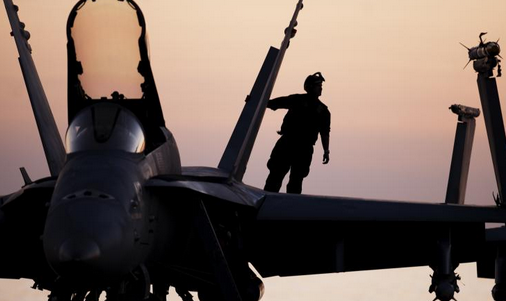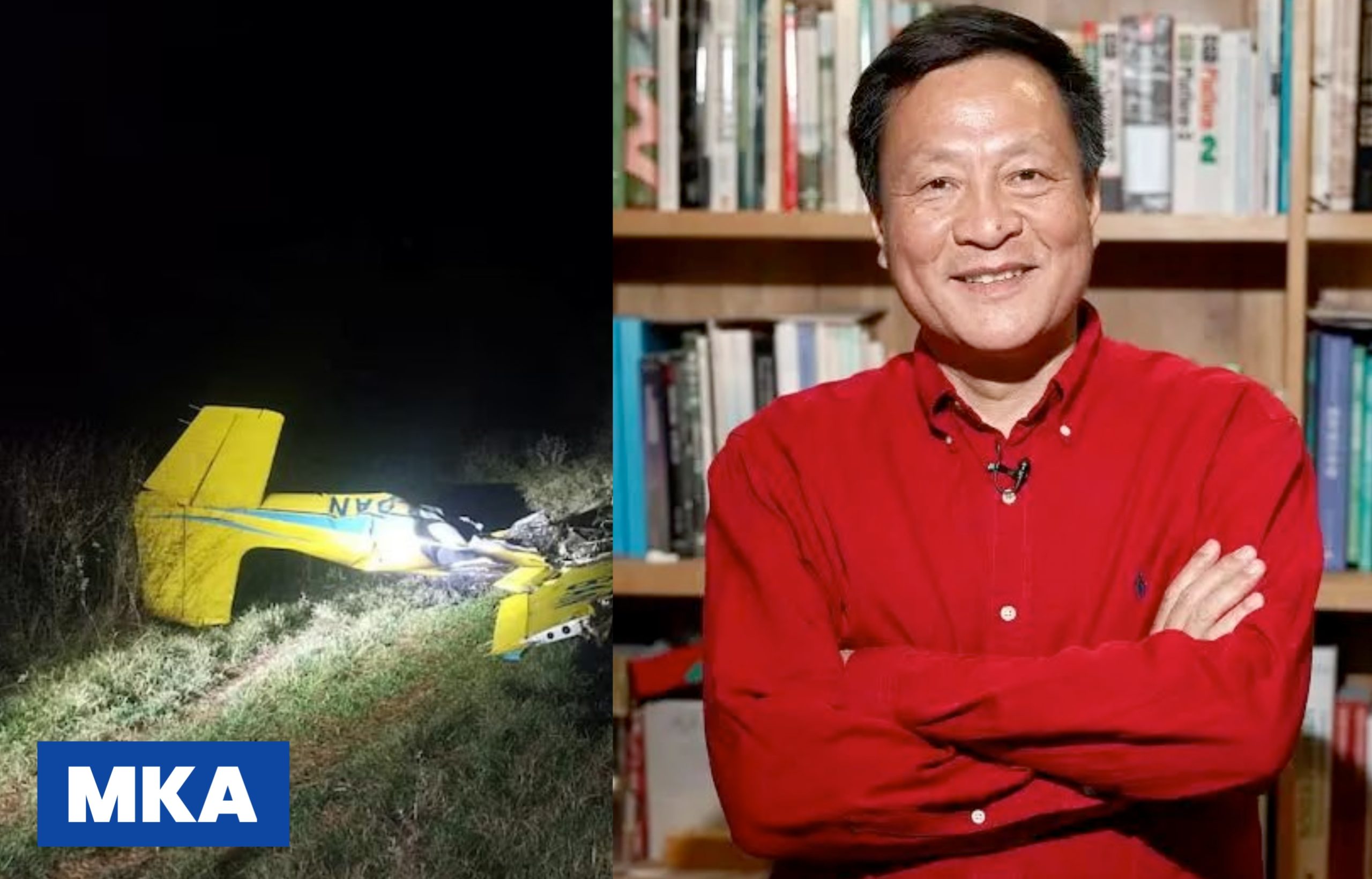Highlights:
- 200 Israeli aircraft attacked 6 major Iranian cities
- Top IRGC commander and nuclear scientists killed
- Natanz underground facility was the main target
- Objective: Stop Iran from acquiring nuclear weapons
On June 13, 2025, at 5:15 AM IST, Israel launched a coordinated airstrike on over 100 locations in Iran, focusing particularly on the underground Natanz nuclear facility. This site, located 220 kilometers south of Tehran, is believed to be at the heart of Iran’s uranium enrichment program.
The strike reportedly killed top IRGC Commander Hossein Salami, nuclear scientists Mohammad Mehdi Tehranchi and Fereydoon Abbasi, and possibly Iran’s Army Chief Mohammad Bagheri. Several buildings in Tehran were damaged, and smoke was seen rising from the Natanz facility.
Why Did Israel Strike?
Israel’s primary goal was to halt Iran’s nuclear ambitions. According to IAEA, Iran had enriched uranium up to 87%, nearing the 90% purity threshold needed to build nuclear weapons. By March 2025, Iran had stockpiled 275 kg of enriched uranium.
What is Centrifuge Technology?
Centrifuges are high-speed machines that separate U-235 (fissile material) from U-238. Through repeated processing of uranium hexafluoride gas (UF6), the U-235 concentration increases. This process is called uranium enrichment and is essential for bomb-making.
Past Attacks on Iran’s Nuclear Program
- 2010: Stuxnet cyberattack by US-Israel, disabling thousands of centrifuges
- 2021: Sabotage at Natanz damaged enrichment equipment
- 2024: Drone attack again damaged key infrastructure
Several Iranian nuclear scientists have been assassinated since 2010, allegedly by Israel’s Mossad.
Conclusion
Israel’s strike is a stark warning. Though no radiation leaks have been reported yet, tensions in the region are at a boiling point. Iran has vowed retaliation, and global powers are watching closely. Is this the beginning of a nuclear showdown?




